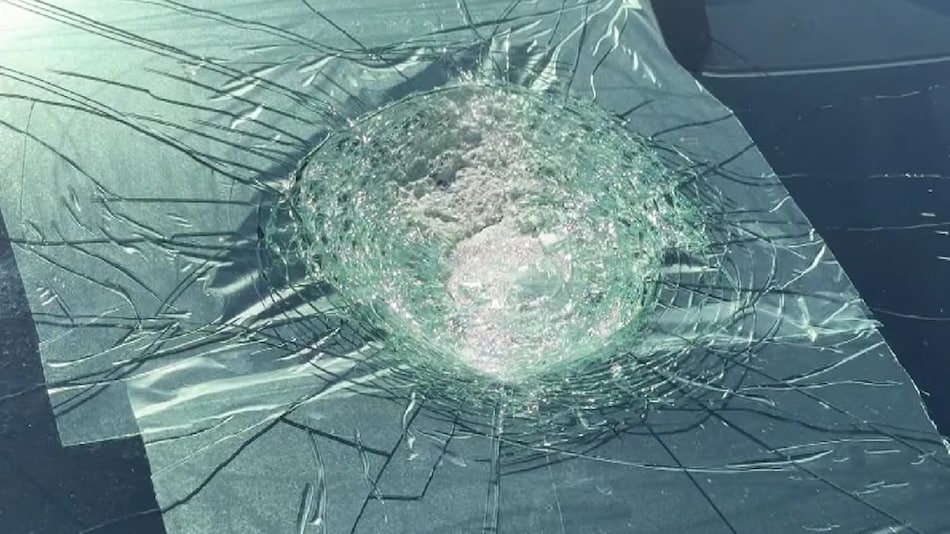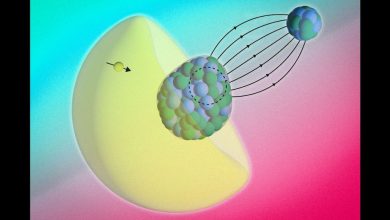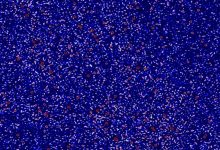The South Australian Museum is investigating whether a meteorite or space debris caused it — which could mark the first recorded case of a meteorite striking a moving car.

The devastation wreaked on a Tesla windscreen after a powerful impact shocks viewers online
Click Here to Add Gadgets360 As A Trusted Source

South Australian vet Andrew Melville-Smith was driving his Tesla on the Augusta Highway in late October when a mysterious object slammed into his windshield. The impact cracked and even partially melted the glass, yet the car kept going. He reported the strike to the South Australian Museum, which is now investigating the impact for clues. If it were indeed a meteorite, it would be the first recorded case of one hitting a moving vehicle.
Investigation and Analysis
According to the reports, South Australian Museum scientists have begun a detailed probe. Mineralogist Kieran Meaney noted that the windshield was partially melted by the impact — “a lot of heat in whatever hit the windscreen”. Researchers are analysing the glass for embedded fragments and will chemically test any debris. They also plan to search the crash site for fragments, considering alternatives like falling satellite parts or space junk. Meaney adds that if tests confirm a meteorite, the team will likely return to the site to try and recover “the bit of rock”.
Expert Commentary
Jonti Horner (Univ. of Southern Queensland) says he has “good cause” to be skeptical, since no bright fireball was reported. Hadrien Devillepoix (Curtin University) similarly notes that a meteor of this size would have been visible over hundreds of kilometers. Ellie Sansom (Desert Fireball Network) has “serious doubts” without any observed flash. She observes that falling space debris can still be hot – for example, a recent satellite fragment landed “still on fire” in Australia. Investigators say detailed chemical analyses of any fragments will be needed to determine the object’s origin.







